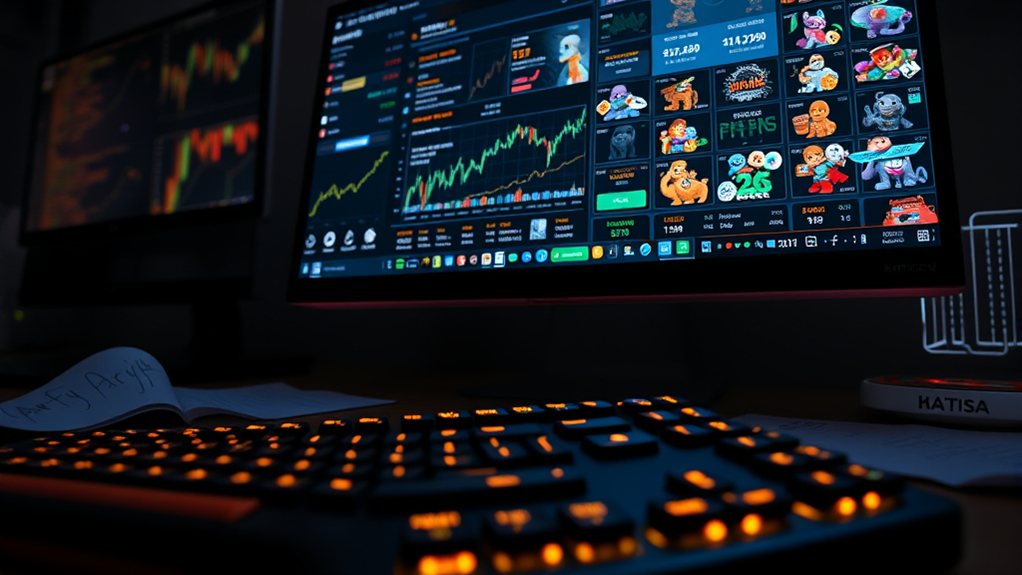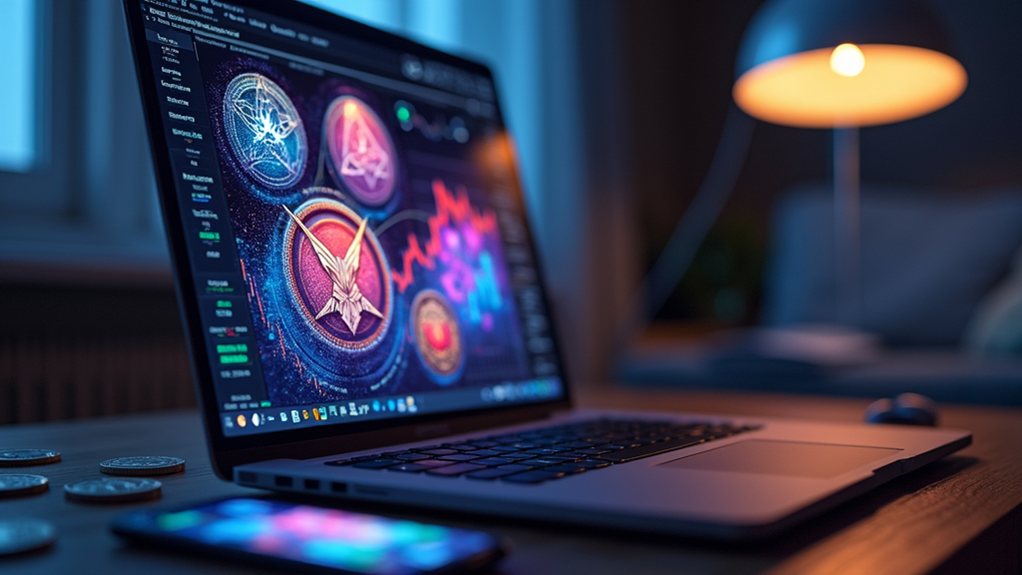NFT sniping is the practice of quickly purchasing undervalued digital assets before others notice them. Traders use specialized tools and bots to monitor NFT marketplaces 24/7, looking for new listings or mispriced items. They aim to buy low and sell high, capitalizing on market inefficiencies. Popular platforms like SnipeSea and IcyTools help identify opportunities through rarity rankings and price analytics. The strategy requires fast action, technical knowledge, and carries both profit potential and risks.

In the fast-paced world of digital collectibles, NFT sniping has emerged as a popular strategy for savvy traders. This practice involves quickly identifying and buying undervalued NFTs before others notice the opportunity. Traders use automated tools or bots to monitor NFT marketplaces around the clock, focusing on newly listed items or those with mispriced values. NFT sniping requires fast action and deep market knowledge to succeed in today's competitive landscape.
The main goals of NFT snipers include capitalizing on market inefficiencies and acquiring potentially valuable NFTs at lower costs. By spotting these opportunities before the broader market, snipers can create substantial profit potential upon resale. Successful snipers employ proactive approaches to secure assets immediately when they appear undervalued. Many focus on finding hidden gems in the vast NFT market and building valuable portfolios quickly through strategic purchases rather than waiting for organic growth.
To gain an edge, NFT snipers employ various specialized tools. Custom bots programmed to monitor marketplaces form the backbone of most sniping operations. These are often paired with browser extensions for real-time notifications, analytics platforms for trend analysis, wallet tracking tools to follow influential buyers, and rarity ranking systems to identify particularly valuable items. Dedicated online communities like Discord channels share valuable information and tips for identifying promising NFT opportunities.
Several platforms have been developed specifically for NFT sniping activities. SnipeSea offers rarity algorithms and auto-minting features. NFTSea.Tools provides real-time data tracking capabilities. Nansen's NFT Sniper uses machine learning to estimate prices. IcyTools presents a user-friendly interface for beginners, while Azyd features metrics for large-scale NFT collections.
Common techniques include continuous monitoring of new listings, analyzing rarity and trait combinations, setting up alerts for specific criteria, using multiple accounts for faster transactions, and leveraging historical sales data to predict pricing trends. These methods help snipers act decisively when opportunities arise.
Despite its potential rewards, NFT sniping comes with significant risks. The field has high competition among snipers, potential for buying overvalued or fake NFTs, rapid market fluctuations affecting profitability, technical issues with tools, and ethical concerns within the community.
The impact of sniping on the broader NFT market is notable. It creates increased competition for undervalued items and often leads to faster price corrections. The practice potentially reduces opportunities for manual traders who can't compete with automated systems. Sniping contributes to market volatility and rapid price changes, which has raised discussions about fairness and potential market manipulation among NFT communities.
As the NFT market continues to evolve, sniping remains a controversial but established practice that reflects the increasingly sophisticated nature of digital collectible trading.
Frequently Asked Questions
What Are the Legal Implications of NFT Sniping?
NFT sniping faces several legal challenges.
It may violate copyright laws if snipers target protected works without permission. Securities regulations present risks as the SEC increasingly examines NFTs as potential unregistered securities.
Marketplace terms of service violations are common when using sniping bots. Additionally, anti-money laundering rules and tax laws apply to NFT transactions, while international regulations vary considerably across borders.
Can NFT Creators Prevent Their Collections From Being Sniped?
NFT creators can prevent sniping through several technical methods.
They're using smart contracts with anti-bot measures and setting purchase limits per wallet. Many implement cooldown periods between transactions or use whitelisting for early access.
Strategic launch approaches include surprise releases, Dutch auctions, and staggered batch releases.
Building strong communities before launch and choosing marketplaces with anti-sniping tools also helps protect new collections from automated buyers.
How Do Gas Fees Affect Sniping Strategies?
Gas fees considerably impact NFT sniping strategies. Higher fees cut into potential profits, making lower-priced NFTs less attractive targets.
Snipers must time their transactions during periods of low network activity to reduce costs. Many snipers now use gas prediction tools and set maximum price limits.
Some are turning to layer-2 solutions or alternative blockchains. The high cost environment favors wealthy snipers, potentially creating barriers for newcomers.
Are There Dedicated Tools for NFT Sniping?
Several dedicated tools exist for NFT sniping.
Browser extensions like Metasniper monitor listings and send notifications. Custom bots like NFT Hunter scan marketplaces in real-time and can make automatic purchases.
Analytics platforms such as Rarity Tools provide rarity scores and price estimates.
All-in-one toolboxes like SnipeSea combine multiple features including alerts, rarity checks, and auto-buying capabilities, giving users advantages in competitive NFT markets.
Do Different Blockchains Have Varying Sniping Opportunities?
Different blockchains offer varied NFT sniping opportunities.
Ethereum has the largest ecosystem but high gas fees.
Solana provides faster transactions and lower fees, allowing quicker sniping attempts.
Binance Smart Chain features cheaper transactions but a less established market with higher scam risks.
Polygon offers Ethereum compatibility with reduced fees and faster transaction finality.
Each blockchain's unique characteristics create different advantages and challenges for NFT snipers.










